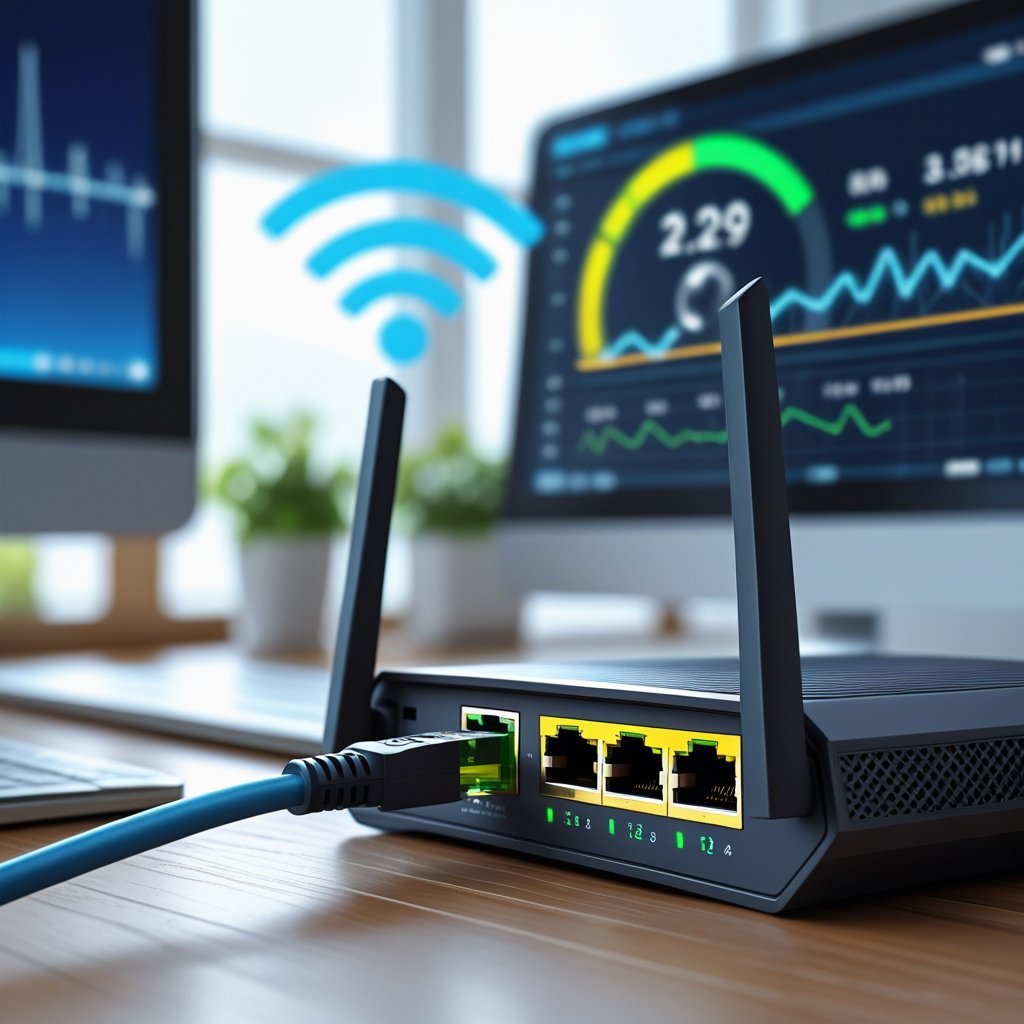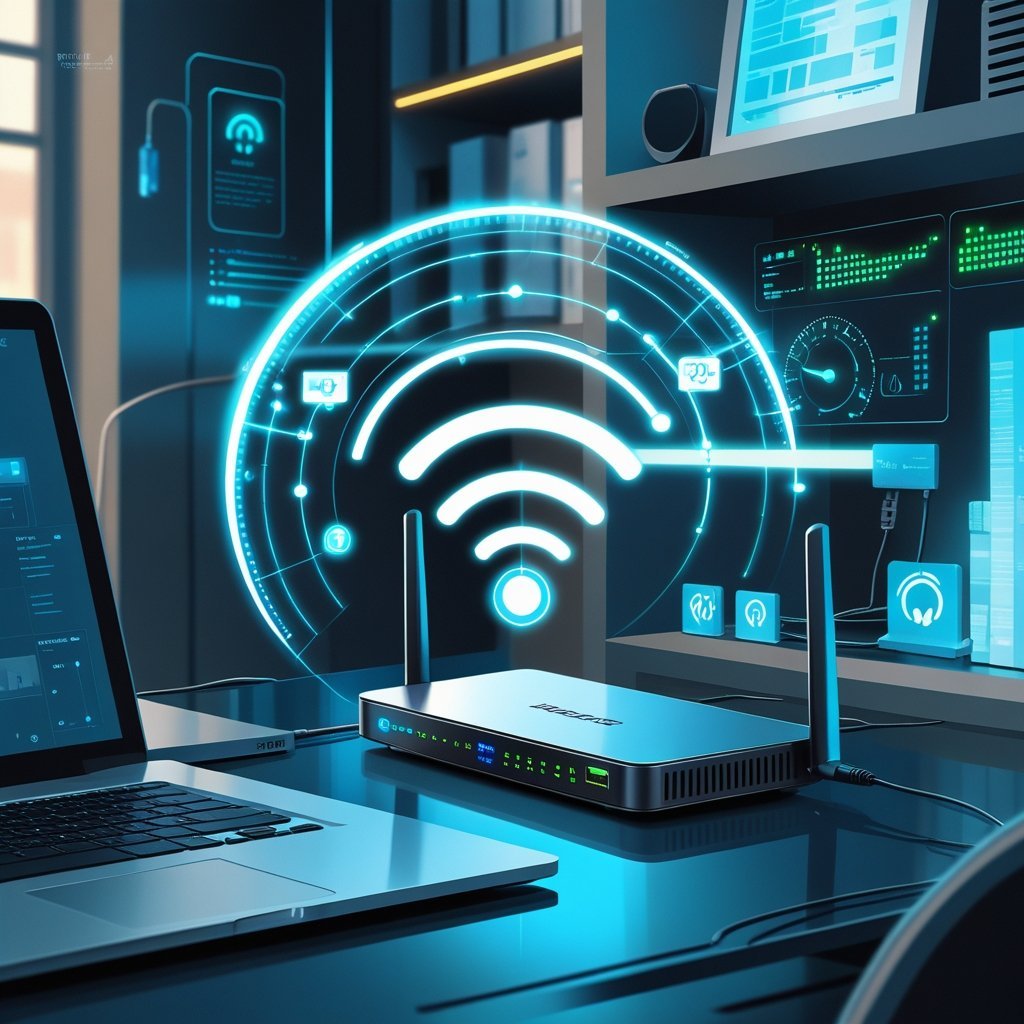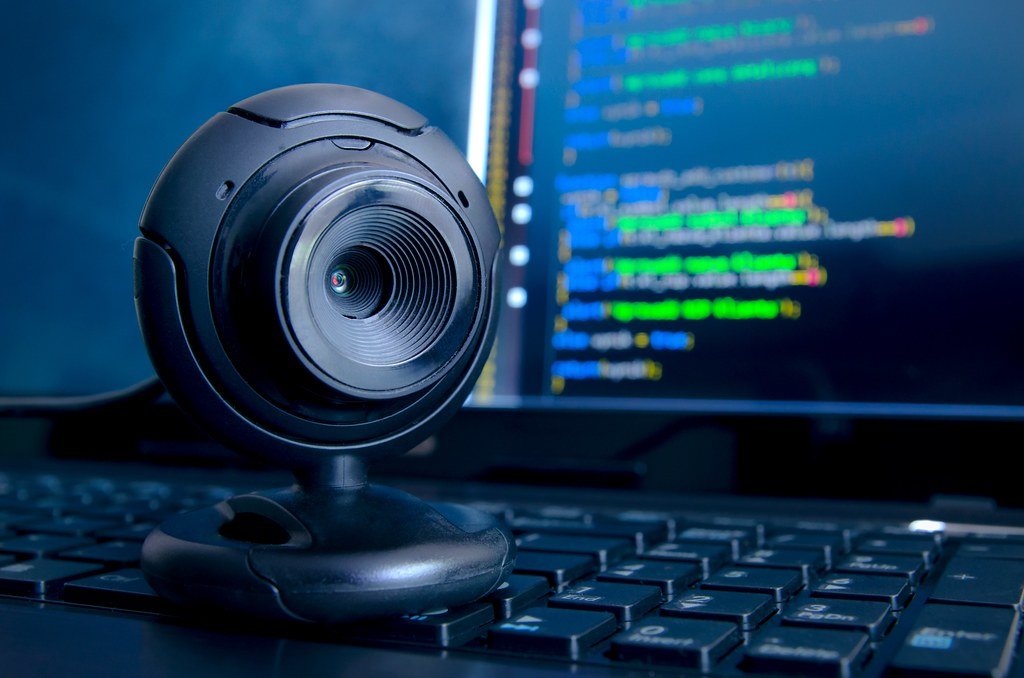Does the Ethernet Cable Affect Internet Speed and Ping?
Most people blame their internet plan or router when their connection feels slow, but often the overlooked part of the setup is the Ethernet cable. The type, quality, and condition of the cable can directly influence both Ethernet speed and Ethernet ping. Using the right cable ensures your connection runs at full capacity, while a damaged or outdated one may create bottlenecks that affect gaming, streaming, and work performance.

Comparison Table – Ethernet Cable Categories
Cable Type | Max Ethernet Speed | Typical Ethernet Ping | Best Use Case | Buy on Amazon |
CAT 5e | Up to 1 Gbps | Stable, low ping | Standard home use, HD streaming | |
CAT 6 | Up to 10 Gbps (short runs) | Very stable, low ping | Gaming, 4K streaming, work-from-home | |
CAT 6a | Up to 10 Gbps (100m) | Extremely stable, minimal ping | Competitive gaming, professional use | |
CAT 7/8 | 25–40 Gbps+ | Consistently low ping | Data centers, future-proof setups |
How Ethernet Cables Affect Speed and Ping
Speed Limitations
Every Ethernet cable has a maximum bandwidth. A CAT 5 cable will cap speeds at 100 Mbps, which is a bottleneck if your plan offers more. Upgrading to CAT 5e or CAT 6 ensures faster Ethernet speed that matches modern Gigabit internet.
Stability and Ping
Ping is just as important as raw speed, especially for gamers. Old or low-quality cables may cause packet loss and unstable latency. In contrast, a good Ethernet cable with proper shielding reduces interference and delivers lower, more consistent Ethernet ping.
Choosing the Right Ethernet Cable
If your goal is stability, a CAT 6 Ethernet cable is often the sweet spot. It supports high speeds, keeps Ethernet ping low, and is affordable. For longer cable runs or professional setups, CAT 6a adds stronger shielding and reliable performance up to 100 meters. Unless you’re running a data center, CAT 7 or CAT 8 is usually unnecessary.
Condition matters as much as category. A bent cable, frayed sheath, or loose connector can hurt both Ethernet speed and Ethernet ping. If your connection feels inconsistent, replacing an old cable is often the simplest fix.
Frequently Asked Questions
Does the Ethernet cable affect internet speed?
Yes, absolutely. The cable you use sets the upper limit for your internet connection’s potential. Older cables, like CAT 5, can only handle speeds up to 100 Mbps which instantly bottlenecks any faster internet plan. Newer cables such as CAT 5e, CAT 6, and CAT 6a are capable of Gigabit or even 10 Gigabit Ethernet speed, ensuring that your connection runs as fast as your provider allows. In short, even if you pay for high-speed internet, your results will only be as good as the cable you’re using.
Does Ethernet reduce ping compared to Wi-Fi?
Yes, and often dramatically. It is consistently lower than Wi-Fi latency because wired data doesn’t need to travel through the air, where it can be disrupted by walls, distance, or other wireless signals. For example, while Wi-Fi ping might fluctuate between 20 and 80 ms depending on interference, Ethernet typically stays within a tight 1–5 ms range. This stability is what makes Ethernet ideal for online gaming, streaming, and remote work — where a sudden lag spike can ruin the experience.
Which Ethernet cable is best for gaming?
For gaming, you want the lowest possible ping and the most consistent Ethernet speed. A CAT 6 Ethernet cable is usually the best balance between affordability and performance. It supports up to 10 Gbps at shorter distances, reduces electromagnetic interference, and provides steady ping levels under load. If you want extra reliability, for example, in professional or competitive gaming setups consider a CAT 6a cable with shielding to block external interference. Products like the Cable Matters Cat 6a or Jadaol Cat 6 Flat Cable are top-rated options that combine flexibility, speed, and durability.
Can a damaged cable cause lag or high ping?
Yes. Physical damage is one of the most common hidden causes of poor speed and unstable Ethernet ping. Even a slightly bent connector or worn-out cable jacket can cause packet loss, dropped connections, and random spikes in latency. If you experience sudden slowdowns or ping jumps during gaming or streaming, replacing your Ethernet cable should be one of the first troubleshooting steps. It’s a simple, low-cost fix that can completely restore network performance.
What’s the difference between CAT 5e, CAT 6, and CAT 6a?
These categories mainly differ in how much data they can handle and how well they resist interference. CAT 5e supports speeds up to 1 Gbps and is fine for most households. CAT 6 offers higher bandwidth (up to 10 Gbps) and better shielding, which means lower ping and less signal crosstalk. CAT 6a, the advanced version, extends that 10 Gbps performance up to 100 meters with even stronger insulation. If your goal is to future-proof your setup and ensure consistently low ping, CAT 6a is the smart pick.
Can a longer Ethernet cable reduce speed or increase ping?
Technically, yes but only over very long distances. Most cables up to 100 meters (328 feet) maintain full speed without noticeable latency increase. However, extremely long runs or cheap, unshielded cables may introduce slight resistance, resulting in minor signal degradation. For the best results, keep your cable length reasonable (under 30 meters for home setups) and use high-quality materials with good shielding.
Should I upgrade to CAT 7 or CAT 8 for better performance?
For most home and gaming users, upgrading beyond CAT 6a won’t make a noticeable difference is speed or ping. CAT 7 and CAT 8 cables are designed for data centers and professional environments that use 25–40 Gbps networks. While they offer stronger shielding, they’re more expensive and overkill for standard routers or gaming PCs. Unless you’re building a future-proof network or have ultra-fast fiber, CAT 6a already delivers top-tier performance.

